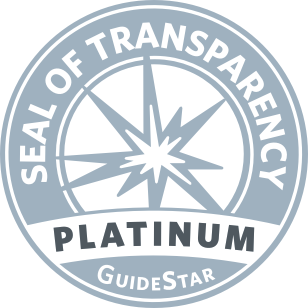Wet AMD Treatment Susvimo Preserves Vision for Five Years in Phase 3 Clinical Trial
Research News
Susvimo is an FDA-approved treatment that continuously delivers drug through a tiny, implanted capsule
Genentech reported that SusvimoTM maintained vision for people with wet age-related macular degeneration (AMD) enrolled in the five-year, Phase 3 Portal clinical trial. Susvimo was approved by the US Food & Drug Administration (FDA) in 2021. Data from the ongoing Portal trial gives investigators additional information about the treatment’s long-term safety and efficacy.
Susvimo uses a Port Delivery System (PDS), a refillable capsule the size of a rice grain, to provide continual release of ranibizumab, a protein that blocks the growth of vision-robbing, leaky blood vessels which are the hallmark of wet AMD. The PDS is implanted at the surface of the eye during a one-time, outpatient, surgical procedure.
In the Portal trial, the PDS was refilled twice a year. Approximately 95 percent of patients did not require supplemental treatment. Susvimo reduces the treatment burden associated with other wet AMD therapies which require regular injections into the vitreous, the soft gel in the middle of the eye.
Portal, which enrolled 352 people, is a long-term extension of the Phase 3 Archway clinical trial and comprised two cohorts. One cohort of 220 participants was initially treated with Susvimo in Archway and continued Susvimo treatment. The mean best-corrected visual acuity (BCVA) for those participants was 74.4 letters (about 20/60) at baseline and 67.6 letters (about 20/90) at five years. The other cohort of 132 participants was initially treated with intravitreal injections of ranibizumab in Archway before switching to Susvimo. Their BCVAs were 76.3 letters at baseline and 68.6 letters at five years. Half of all Portal participants had better than 20/40 vision at five years.
Genentech said the cohort of people who entered the Portal study from Archway is the largest cohort of people with wet AMD to be followed prospectively and continuously for five years in a clinical study.
Learn more about AMD by visiting the AMD section of the Foundation’s website.




